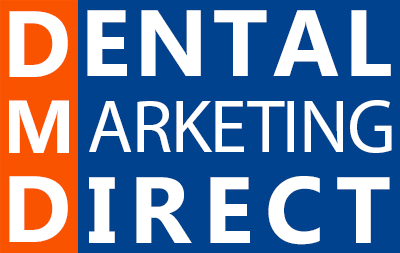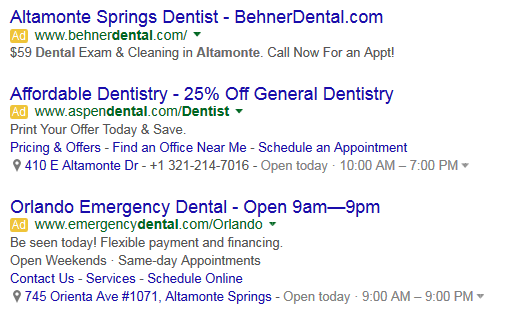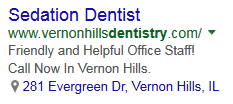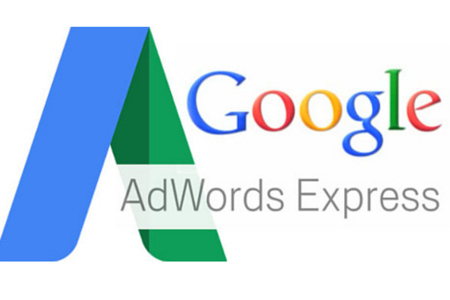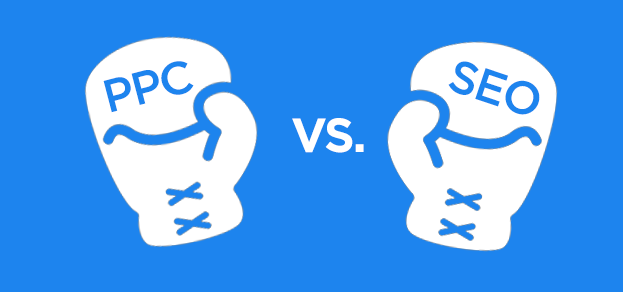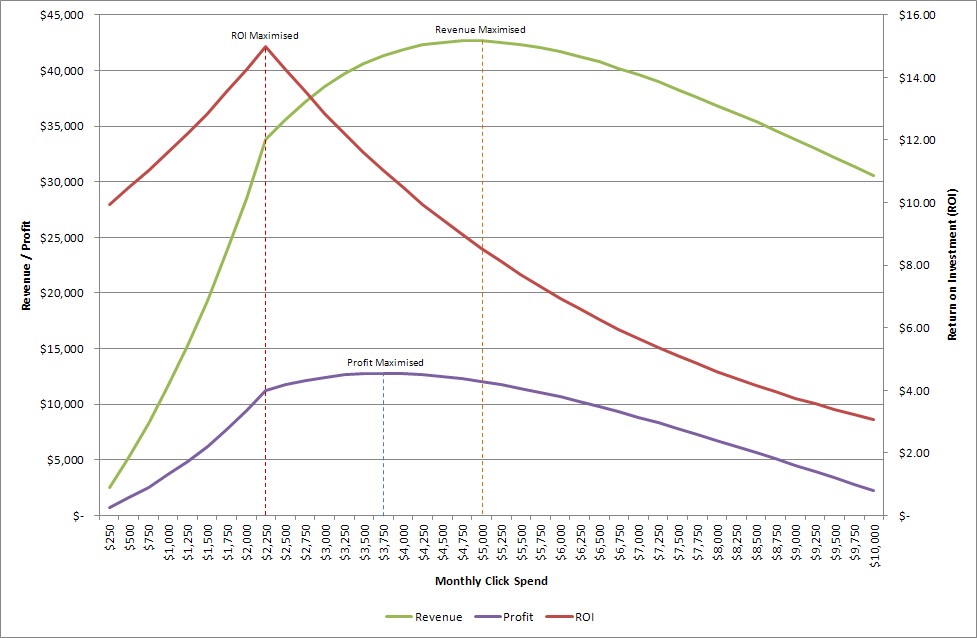I just ran some analysis on last years call data in our system and came up with some interesting insights. The data-set is for around 20 dental office locations that generated just under 10,000 calls from 1st January to 31st December 2019.
Calls by day
Monday is the clear winner. Most offices do not run campaign on Saturday and Sunday.

Appointments by day
Again Monday takes the lead but notice how Thursday is the worst excluding weekends. Many dentists are closed Fridays and open on Thursdays but our data shows it should be opposite!

Calls by time
The phone is consistently busy from 11 am to 3 pm.

Appointments by time
Morning (9-10 am), noon (12 to 1pm) and late afternoon (3-4 pm) are peak hours for appointments. Do NOT leave the phone unattended during these hours!

Missed Calls by day
Lowering missed calls remains the easiest opportunity to grow revenue for many offices with 1 in 8 calls being missed on average in 2019.

